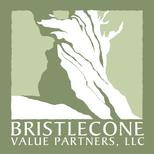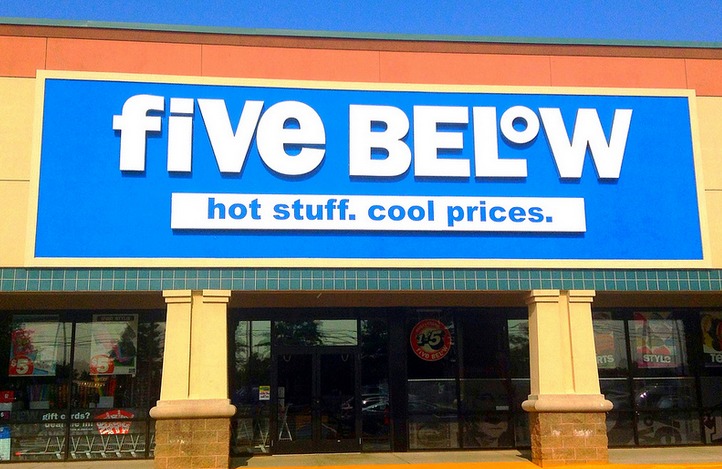 Author: Jean-Luc Nouzille, Bristlecone Value Partners LLC
Author: Jean-Luc Nouzille, Bristlecone Value Partners LLC
Covestor model: Large Cap Value
Disclosure: Long all stocks mentioned
The S&P 500 index was up about 1% in December and finished the year with a return ofabout 2% including dividends (total return).
The three stocks that contributed most to our Large Cap Value model portfolio’s investment returns during the month were Vulcan Materials (VMC), Cintas (CTAS), and Apollo Group (APOL). The top detractors were Dell (DELL), NRG Energy (NRG), and Sprint (S). During the month, our only trade was to increase our investment in Hewlett Packard (HPQ). Not much has changed since we discussed our reasons for this new position back in October.
The reason behind Vulcan’s positive stock performance in December was an unsolicited buy-out offer from its main competitor, Martin Marietta (MLM). The proposal currently on the table is to exchange each share of Vulcan for a half share of Martin Marietta. Based on MLM’s current share price, VMC’s stock actually trades at a small premium, an indication that the market is anticipating that MLM might raise its offer. We do not expect submitting shares at this point as the offering price is below our assessment of Vulcan’s value. We will keep you posted.
The US stock market ended 2011 pretty much where it started, despite great volatility and investors’ anxiety over the financial system, Europe, and other bogeymen throughout the year. The Large Cap Value model portfolio ended 2011 underperforming the S&P 500 total return by a small margin, but was about in line with the Russell 1000 Value, a large cap value benchmark. Finally, the portfolio outperformed the average Large Cap Value mutual fund as reported by Morningstar, though note our portfolio is not as large as the average fund, and we are not constrained by holdings restrictions. Overall, we give our investment results in 2011 a C+ grade.
In 2011, the three stocks that contributed most to investment returns were Pfizer (PFE), Apollo Group, and Cintas. Despite their good performance, none of those appear fully valued yet, and we remain positive about their potential going forward.
The three stocks that hurt returns the most in 2011 (as most of your are probably aware) were Cemex (CX), Sprint, and Bank of America (BAC). It is fair to say that each of these companies remains a work in progress, which is a polite way of saying that we vastly underestimated the challenges faced by all three. The key question is whether these companies are terminally wounded, or whether it’s likely that their future earnings potential is not reflected in the current stock price. Of the three, our confidence level is lower with Sprint; there is a possibility that its competitive situation will continue to weaken despite the sales potential of the iPhone. We’ll continue to monitor the situation, but it is fair to say that this investment is on a short leash.
Come January, it is traditional for clients, and media outlets, to ask financial advisers for their New Year outlook for stocks. It is also traditional for us to answer that we don’t have any. What experience has taught us is that we know what we don’t know. In other words, considering the experts’ dismal record at predicting the stock market (worse than a coin toss), we find it strangely fascinating that anyone would keep asking what prices will do in the short term.
Our goal is to make rational, sober assessments of the investments that we make on clients’ behalf. The portfolio remains economically sensitive: the companies that comprise the biggest portion continue to be businesses that will typically outperform in an economic recovery. To clarify this statement, by “outperform” we do not mean the stock price but rather the company’s sales and profits. As previously stated, we confess to have no talent in predicting short-term prices. However, we’re confident that as sales and profits grow, the stock price should eventually follow, albeit in fits and starts.
Our greater representation in economically sensitive businesses is not due to our economic outlook, but rather the result of where we found investments at a discount to our assessment of their value in the past three to five years. Examples of such companies include those in the construction industry (Cemex, Vulcan), technology (Dell, Cisco, Hewlett-Packard), power production (NRG), or even banking (Bank of America, Wells Fargo) due to the impact of the residential housing market on loans. Companies whose revenues and profits are less sensitive to the economic cycle tend to be less represented in the portfolio right now, yet we remain excited about the return potential for the ones we own: insurance companies (Progressive, Markel), and pharmaceuticals (Novartis, Pfizer) fall in this category.
If we were to make a prediction for 2012, it would be that there will be no shortage of potential issues to worry about, and that our biggest contribution to our clients’ portfolios will continue to be that of keeping emotions in check when making investment decisions. With 10-year Treasury bonds yielding 2%, and valuations reasonable in our view, our long-term outlook for large cap US equities remains positive. The shares of America’s biggest companies offer similar yields, but unlike the coupon from bonds, corporate earnings and dividends are expected to grow and offer investors some protection against inflation.
As 2012 begins, we wish you and your family a happy and healthy New Year.


